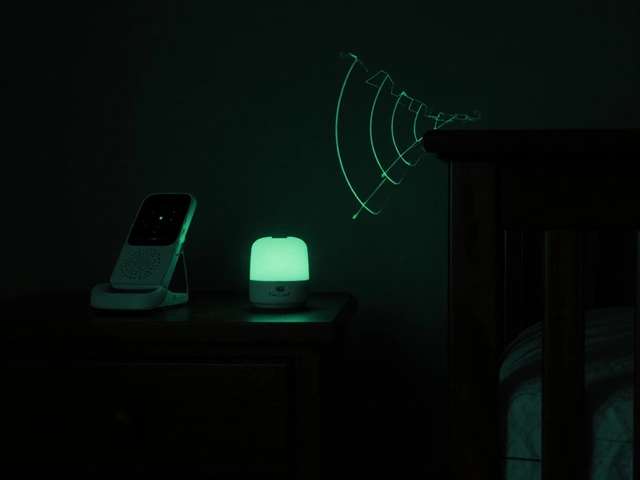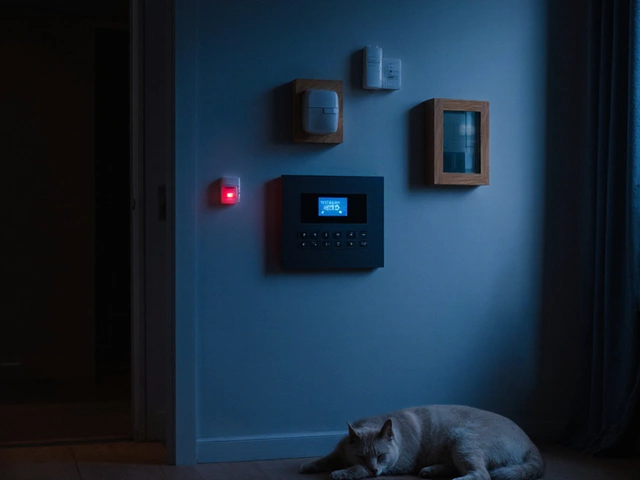Hacking Risks in Home Security – What You Need to Know
If you’ve added a smart camera, a video doorbell, or any Wi‑Fi device to your house, you’ve probably thought about protection from burglars. What you might not have considered is how easy it is for a hacker to sneak into those gadgets. In the UK, more families are reporting unauthorized access to their home networks, and the problem is only getting bigger.
Most smart devices run on the same Wi‑Fi you use for streaming and work. When a hacker cracks your Wi‑Fi password, they can see the video feed, change settings, or even disable the alarm. It’s not science‑fiction – it’s happening now, and it can happen to anyone who skips basic security steps.
Why Hackers Target Smart Devices
Hackers love smart cameras and doorbells because they give a direct line to your home. A camera that streams 24/7 is a goldmine of video data. If the feed isn’t encrypted, the hacker can watch you at home, at work, or while you’re on holiday. Even if the video is protected, many users ignore default passwords, leaving the door wide open.
Another reason is the resale value of compromised devices. A hacked security system can be sold to other criminals who want to use it as a testing ground. Some hackers also use compromised devices to launch bigger attacks, like DDoS (distributed denial‑of‑service) attacks, against businesses or government sites.
Finally, many owners assume that a subscription or a big brand name means “safe”. That’s a myth. Brands like Ring, Nest, or others can still have vulnerabilities, especially when firmware isn’t updated regularly.
How to Protect Your Home from Hacking
Start with a strong, unique Wi‑Fi password. Avoid common words or dates; use a mix of letters, numbers, and symbols. Change it every six months, and don’t share it with friends or neighbours.
Enable two‑factor authentication (2FA) on every smart device account. If the device supports it, you’ll need a code from your phone to log in, which blocks most automated attacks.
Keep firmware up to date. Most manufacturers push updates automatically, but it’s worth checking the app or website once a month. Updates often patch security holes that hackers exploit.
Turn off features you don’t need. If your doorbell has a “face detection” option you never use, disable it. Fewer active features mean fewer possible entry points.
Consider a separate guest network for all smart devices. This isolates them from your personal computers and phones. Even if a camera is hacked, the attacker won’t get straight to your bank accounts or email.
Finally, test your own security. Use a reputable free tool to scan your home network for open ports or weak passwords. If you spot anything suspicious, act fast – change passwords, update firmware, or contact the device’s support team.
Smart homes are convenient, but convenience can turn into a risk if you ignore basic security steps. By tightening your Wi‑Fi, using 2FA, and staying on top of updates, you can keep hackers out and enjoy the peace of mind you signed up for.



